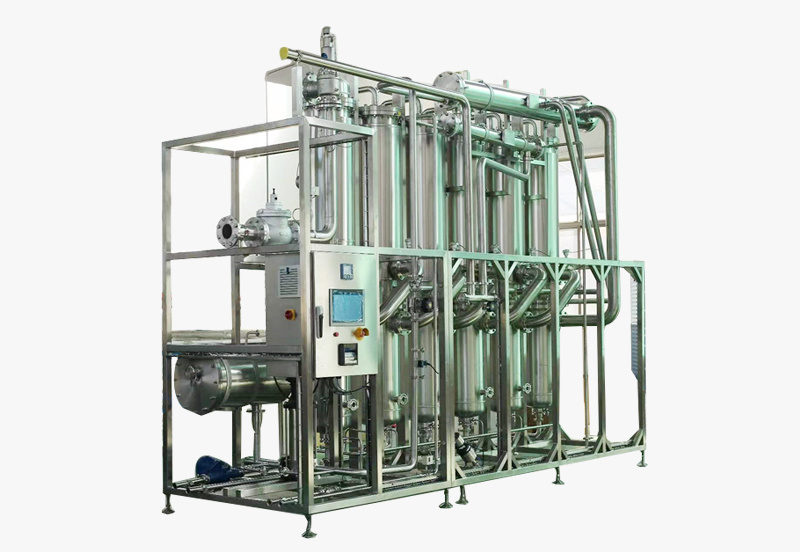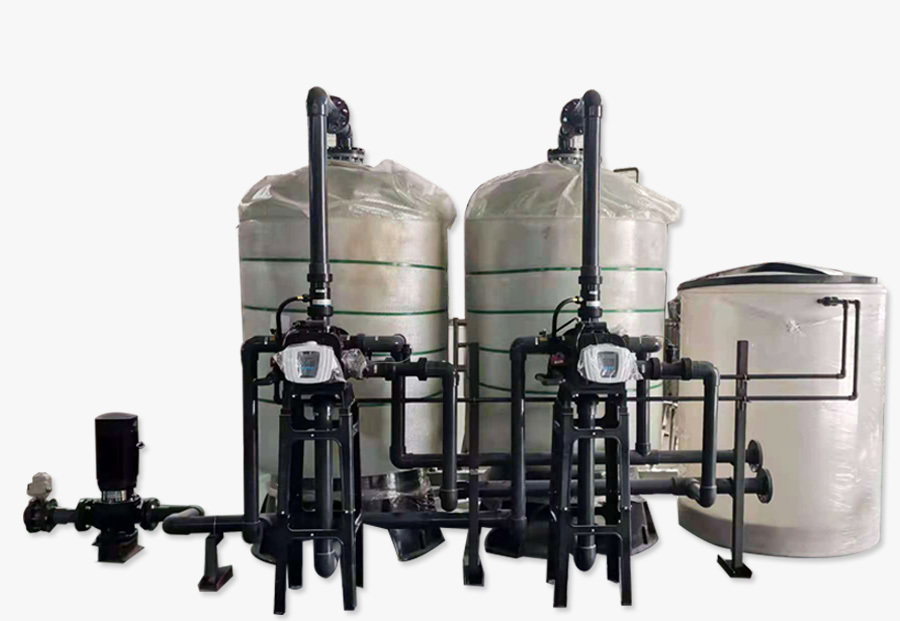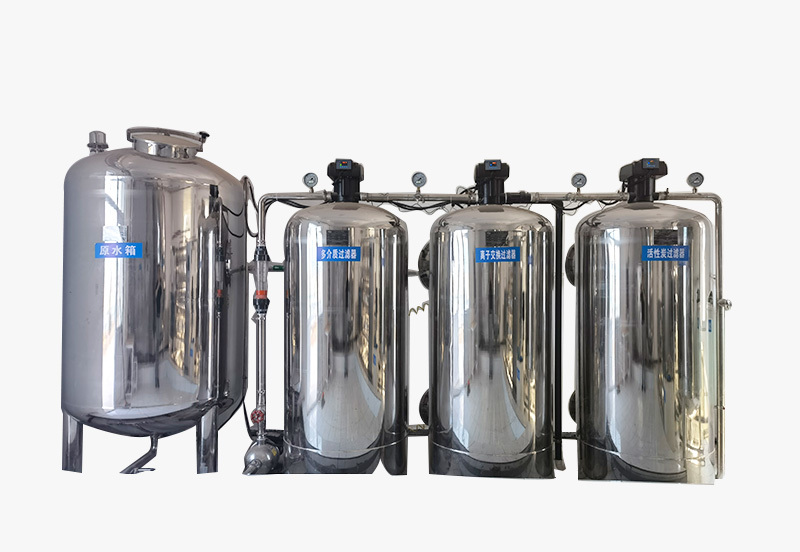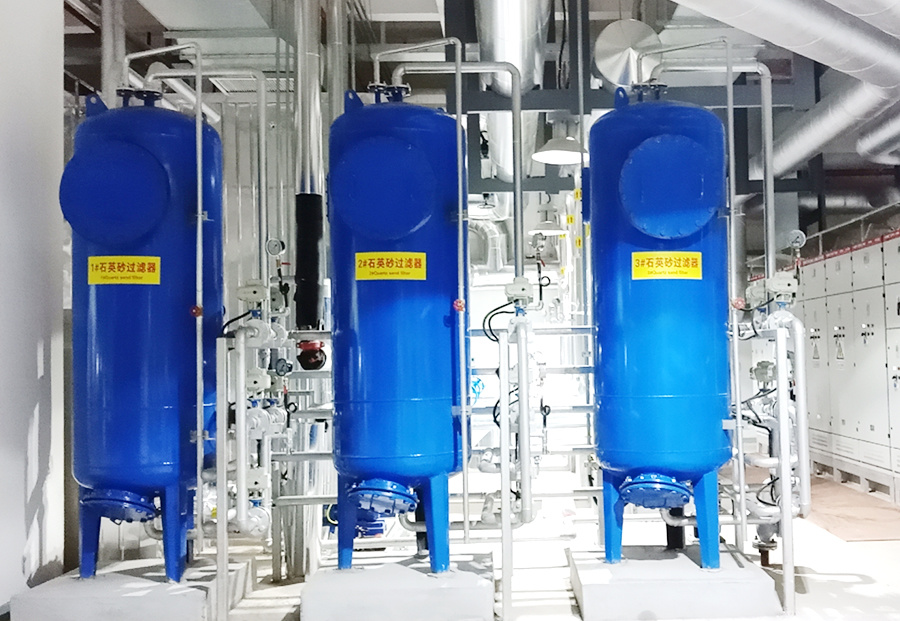MBR knowledge
Category:
Time of issue:2021-12-22
In the fields of wastewater treatment and water reuse, MBR, also known as a membrane bioreactor, is a new type of water treatment technology that combines a membrane separation unit with a biological treatment unit. There are many types of membranes. Classified by separation mechanism, there are reaction membranes, ion exchange membranes, and osmotic membranes; classified by membrane properties, there are natural membranes (biological membranes) and synthetic membranes (organic membranes and inorganic membranes); classified by membrane structure, there are plate type, tubular type, spiral type, and hollow fiber type, etc.
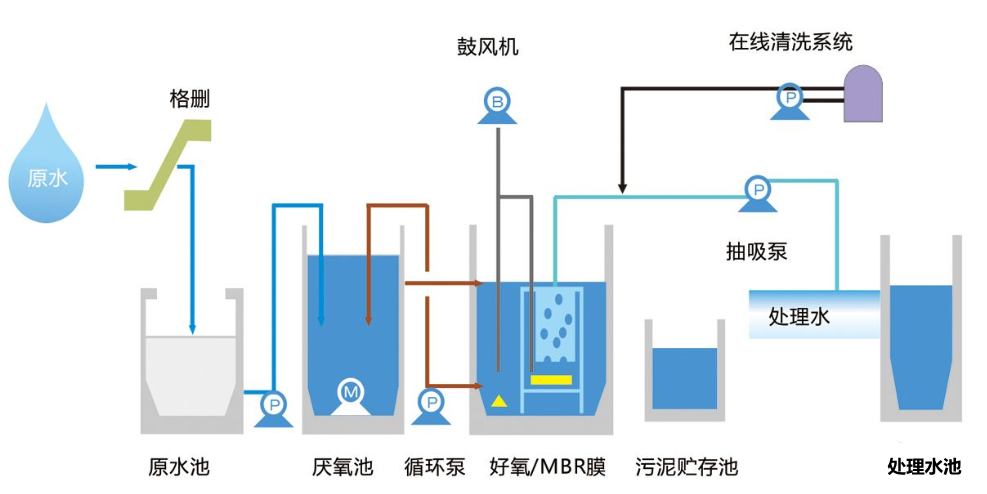
Membrane bioreactors mainly consist of a membrane separation component and a bioreactor. The membrane bioreactors commonly referred to are actually a general term for three types of reactors:
1. Aeration Membrane Bioreactor (AMBR);
2. Extractive Membrane Bioreactor (EMBR);
3. Solid/Liquid Separation Membrane Bioreactor (SLSMBR, abbreviated as MBR).
Compared with many traditional biological water treatment processes, MBR has the following main advantages:
1. High-quality and stable effluent water quality
Due to the efficient separation effect of the membrane, the separation effect is far better than that of traditional sedimentation tanks. The treated effluent is extremely clear, with suspended solids and turbidity close to zero. Bacteria and viruses are greatly removed, and the effluent water quality is better than the water quality standard for general municipal water issued by the Ministry of Construction (CJ25.1-89), and can be directly reused as non-potable municipal water.
At the same time, membrane separation also causes microorganisms to be completely intercepted in the bioreactor, so that a high concentration of microorganisms can be maintained in the system. This not only improves the overall removal efficiency of pollutants in the reaction device and ensures good effluent water quality, but also makes the reactor highly adaptable to various changes in influent load (water quality and quantity), resistant to shock loads, and capable of stably obtaining high-quality effluent water.
2. Low sludge production
This process can operate under high volumetric load and low sludge load, resulting in low sludge production (theoretically, zero sludge discharge can be achieved), reducing sludge treatment costs.
3. Small footprint, not subject to site restrictions
High concentrations of microorganisms can be maintained in the bioreactor, the volumetric load of the treatment device is high, and the footprint is greatly reduced. This process has a simple process, compact structure, and small footprint, is not subject to site restrictions, is suitable for any occasion, and can be made into ground-mounted, semi-underground, and underground types.
4. Can remove ammonia nitrogen and refractory organic matter
Because microorganisms are completely intercepted in the bioreactor, it is conducive to the retention and growth of slowly proliferating microorganisms such as nitrifying bacteria, and the nitrification efficiency of the system is improved. At the same time, it can increase the hydraulic retention time of some refractory organic matter in the system, which is conducive to improving the degradation efficiency of refractory organic matter.
5. Convenient operation and management, easy to achieve automatic control
This process achieves complete separation of hydraulic retention time (HRT) and sludge retention time (SRT), making operation control more flexible and stable. It is a new technology that is easy to achieve equipment in wastewater treatment and can be automatically controlled by a microcomputer, making operation and management more convenient.
6. Easy to retrofit from traditional processes
This process can be used as a deep treatment unit for traditional wastewater treatment processes and has broad application prospects in the fields of deep treatment of effluent from urban secondary wastewater treatment plants (thus achieving large-scale reuse of urban wastewater).
Membrane classification basis and classification:
1. Membrane material
( 1) High-polymer organic membrane materials: polyolefins, polyethylenes, polyacrylonitrile, polysulfones, aromatic polyamides, fluoropolymers, etc.
Organic membranes have relatively low cost, cheap manufacturing, mature membrane manufacturing processes, diverse membrane pore sizes and forms, and wide applications, but they are prone to pollution, low strength, and short service life during operation.
( 2) Inorganic membranes: a type of solid-state membrane, made of inorganic materials such as metals, metal oxides, ceramics, porous glass, zeolites, and inorganic polymer materials.
Currently in The inorganic membranes used in MBR are mostly ceramic membranes. Advantages: It can be used in an environment with pH=0~14, pressure P<10MPa, and temperature <350 ℃. It has high flux, relatively low energy consumption, and great competitiveness in the treatment of high-concentration industrial wastewater; Disadvantages: high cost, alkali-resistant, low elasticity, and some difficulties in membrane processing and preparation.
2. Membrane pore size
The membranes generally used in MBR processes are microfiltration membranes (MF) and ultrafiltration membranes (UF), mostly using 0.1~0.4μm pore size, which is sufficient for solid-liquid separation membrane reactors.
Commonly used polymer materials for microfiltration membranes include: polycarbonate, cellulose ester, polyvinylidene fluoride, polysulfone, polytetrafluoroethylene, polyvinyl chloride, polyetherimide, polypropylene, polyetheretherketone, polyamide, etc.
Commonly used polymers for ultrafiltration include: polysulfone, polyethersulfone ( PES), polyamide, polyacrylonitrile (PAN), polyvinylidene fluoride, cellulose ester, polyetheretherketone, polyimide, polyetheramide, etc.
To facilitate industrial production and installation, improve membrane efficiency, and maximize membrane area per unit volume, membranes are usually assembled in a basic unit device in a certain form, completing the separation of various components in the mixed liquid under a certain driving force. 分
Tags:
-- Recommended --
Shijiazhuang Tianwang Environmental Protection Technology Co., Ltd.
Shijiazhuang Tianwang Environmental Protection Technology Co., Ltd. is a high-tech enterprise specializing in the research and development, manufacturing and sales of water treatment equipment.
Contact Information
Production address: No. 9, Fengchan Road, Economic and Technological Development Zone, Shijiazhuang City
Office Address: 25th Floor, Block C, No. 310 Changjiang Avenue, Shijiazhuang High-tech Development Zone
Contact Number:
0311-89272359 0311-68039237
Enterprise Email:
twhbkj@163.com
Website: en.sjztwhb.com



